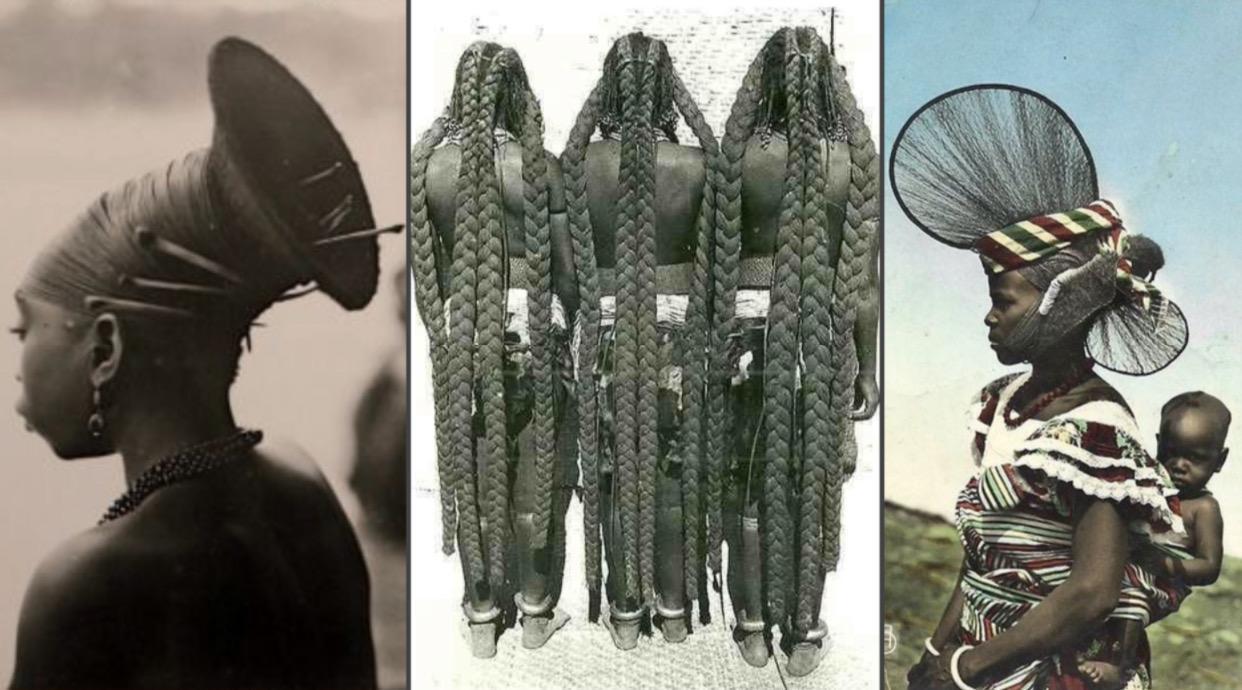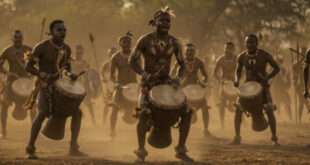Hair has played an important role in the history of ancient African lifeforms. Their family, social class, beliefs, tribe, and marital status symbolized their context.
Various tribes used hair as early as the 15th century to show one’s social hierarchy. Royal members wore elaborate hairstyles symbolizing their prestige.
Hair was also a prosperity symbol. If a person’s hair was thick, long, and healthy, it represented one being able to bring healthy kids. When anyone is in mourning, their hair would attract very little attention.
Given hair being an important aspect of one’s body, ancient cultures believed it helped connect divinely. This belief is the purpose why hair styling has been entrusted to close relatives. People thought that if a strand of hair fell into the hands of an enemy, it could harm the owner of the hair.
Hair was a highly regarded social activity, particularly among women. People had a chance to keep in touch while styling each other’s hair. The communal hair tradition still exists today.
Africa is rich with the customs and styles of ancient hair. Here is an overview from across the continent of famous hairstyles and hair customs.
Dreadlocks from the Himba tribe of Northwestern Namibia
For the Himba tribe, hair indicates one’s age, life stage, and marital status. The tribe lives in the northwestern region of Namibia.
Tribe members use a mixture of ground ochre, goat hair, and butter to create their dreadlocks. They also include hair extensions when weaving their dreadlocks.
Teenage girls wear braid strands or dreadlocked hair that hangs over their faces. Doing this symbolizes that they’ve entered into puberty.
Married women and new mothers wear Erembe headdresses made from animal skin. Young women who are ready for marriage tie their dreadlocks to reveal their faces.
Unmarried men wear a single braid to show their status. Once they get married, they cover their heads never to unveil them in public again. They remove their head covering at funerals only.
Braids and beads from the Fulani tribe of the Sahel region and West Africa
The Fula, or Fulani tribe, is the largest nomadic tribe in the world. They populate the Sahel region and West Africa. The tribe’s traditional hairstyle is a big trend in contemporary braiding. Hairstylists have named it Fulani braids.
Unmarried men wear a single braid to show their status. Once they get married, they cover their heads never to unveil them in public again. They remove their head covering at funerals only.
Braids and beads from the Fulani tribe of the Sahel region and West Africa
The Fula, or Fulani tribe, is the largest nomadic tribe in the world. They populate the Sahel region and West Africa. The tribe’s traditional hairstyle is a big trend in contemporary braiding. Hairstylists have named it Fulani braids.
Braids and beads from the Wodaabe tribe of the Sahel region and West Africa
The Wodaabe tribe is a subgroup of the Fulani tribe that also resides in the Sahel region and West Africa. They are a pastoral nomadic tribe with an estimated population of 100,000.
Wodaabe girls and women wear their hair like their Fulani counterparts. They plait a few braids on their hair and add a coiffure in the middle.
They decorate their hair with beads and cowrie shells.
Ochre dreadlocks of the Hamar tribe in Ethiopia
The Hamar tribe is a pastoral community that lives in Ethiopia’s Omo Valley. The tribe has an estimated population of 20,000.
Hamar women wear thin ochre dreadlocks, called goscha, on their hair. They create their dreadlocks by binding water with resin. To add to their distinct look, women wear colorful beaded jewelry.
Pre-adolescent girls wear their hair in cornrows that they decorate with beads.
Check out African hairstyles below
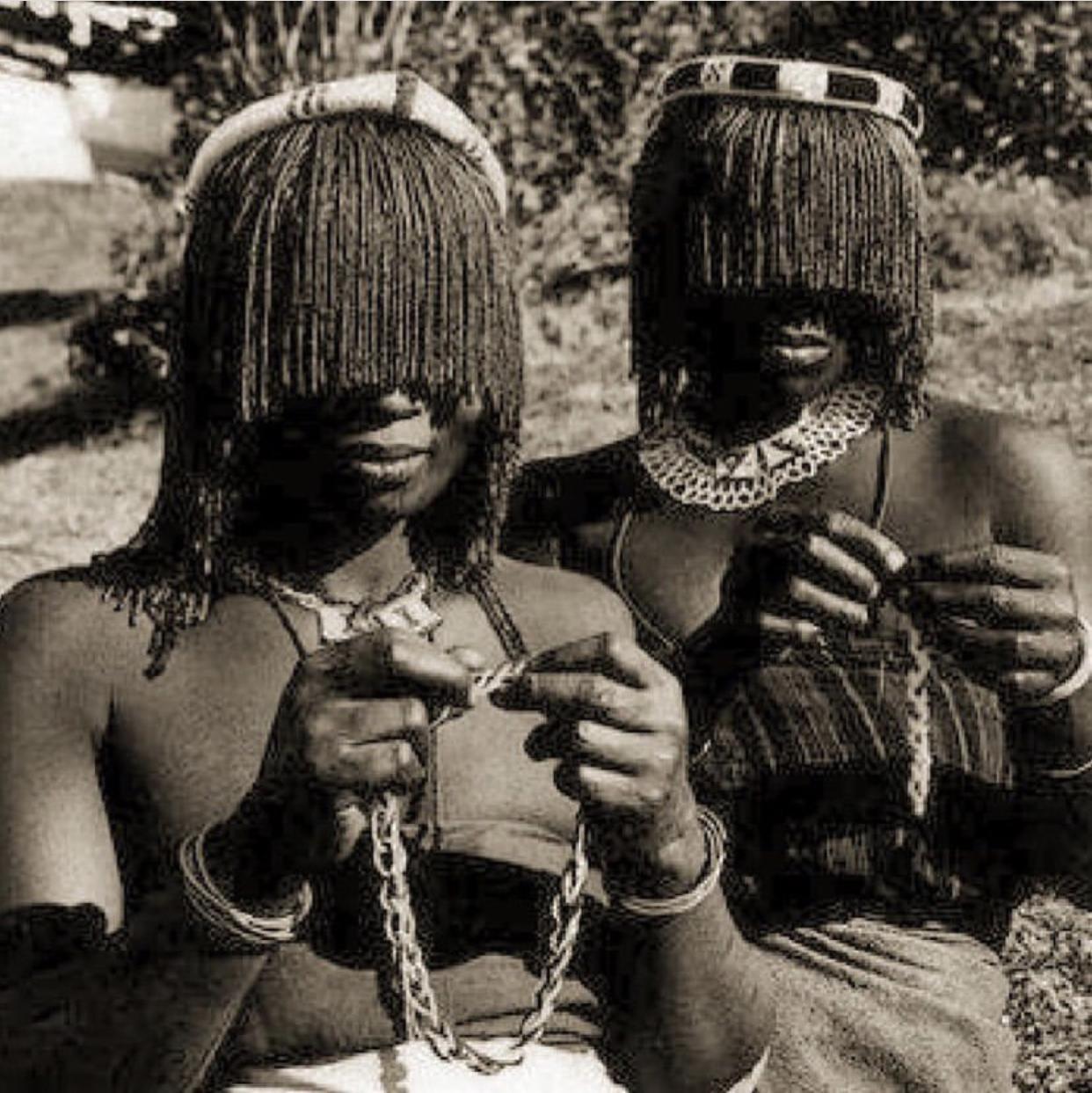
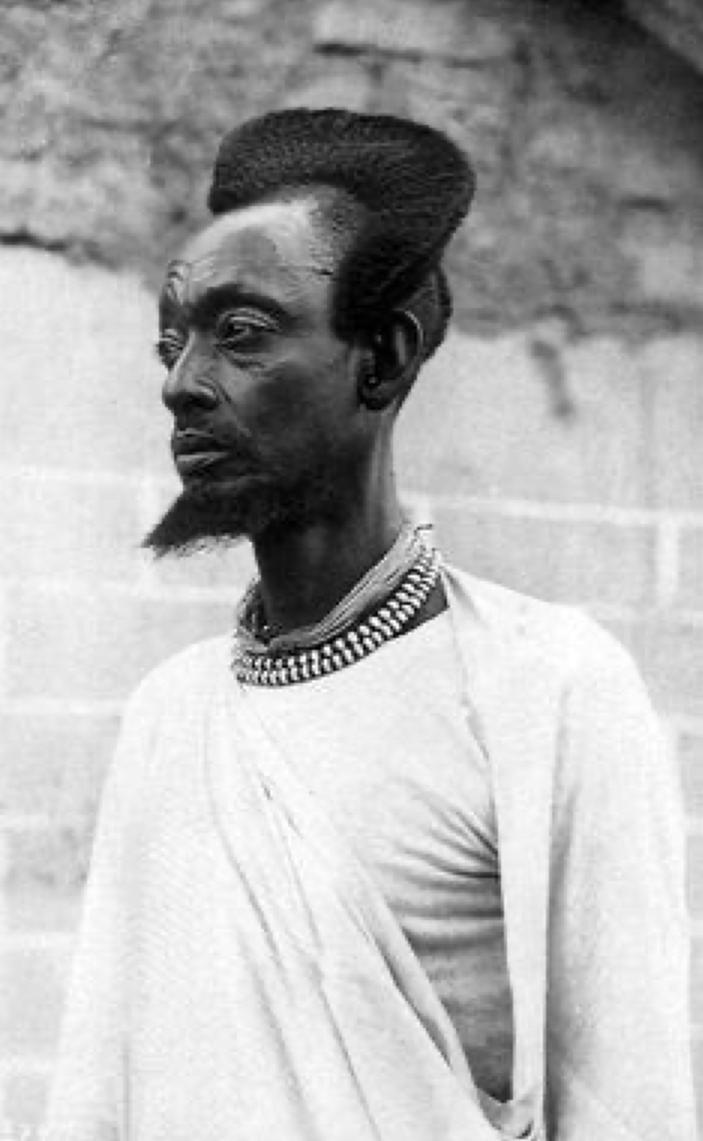
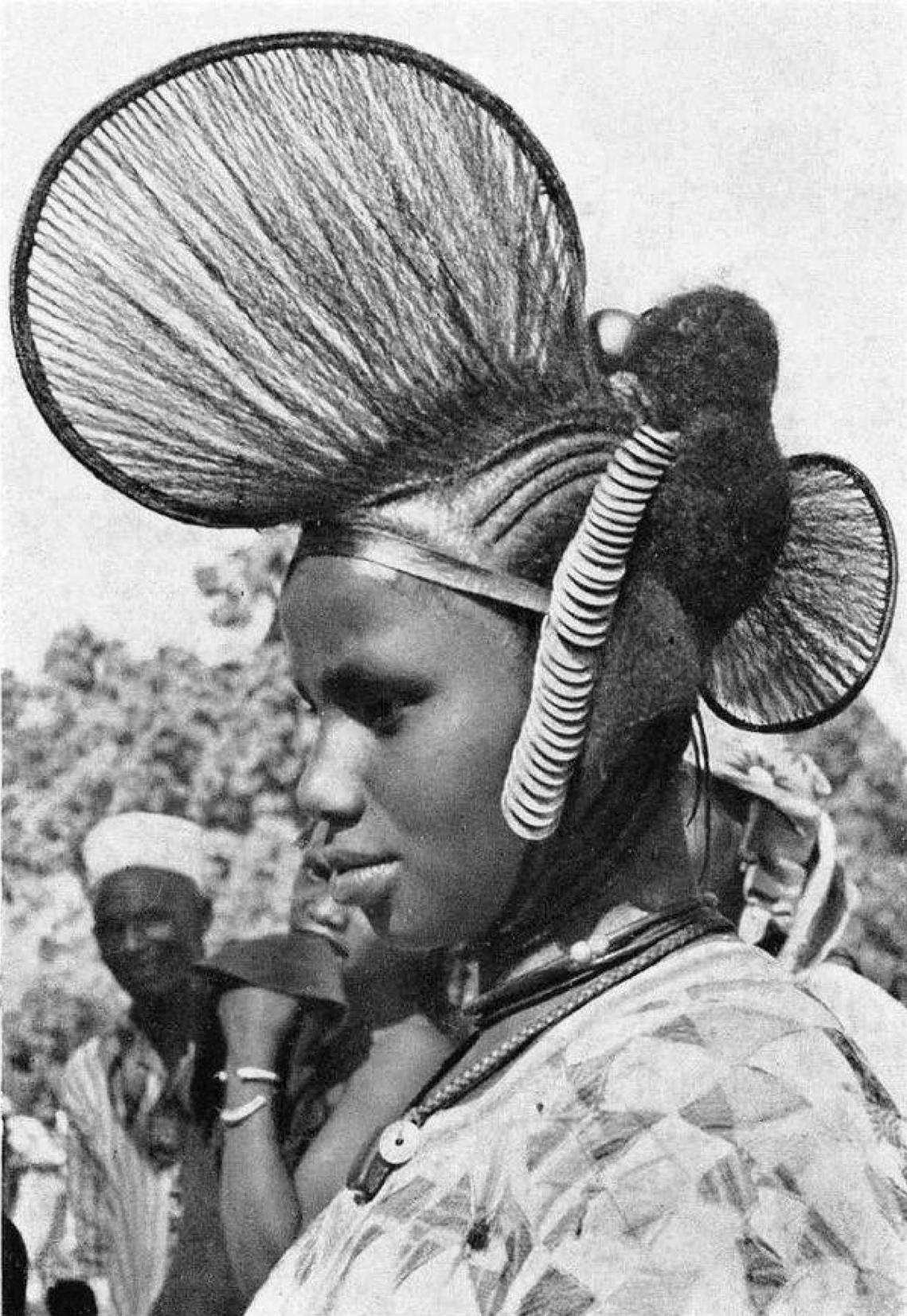
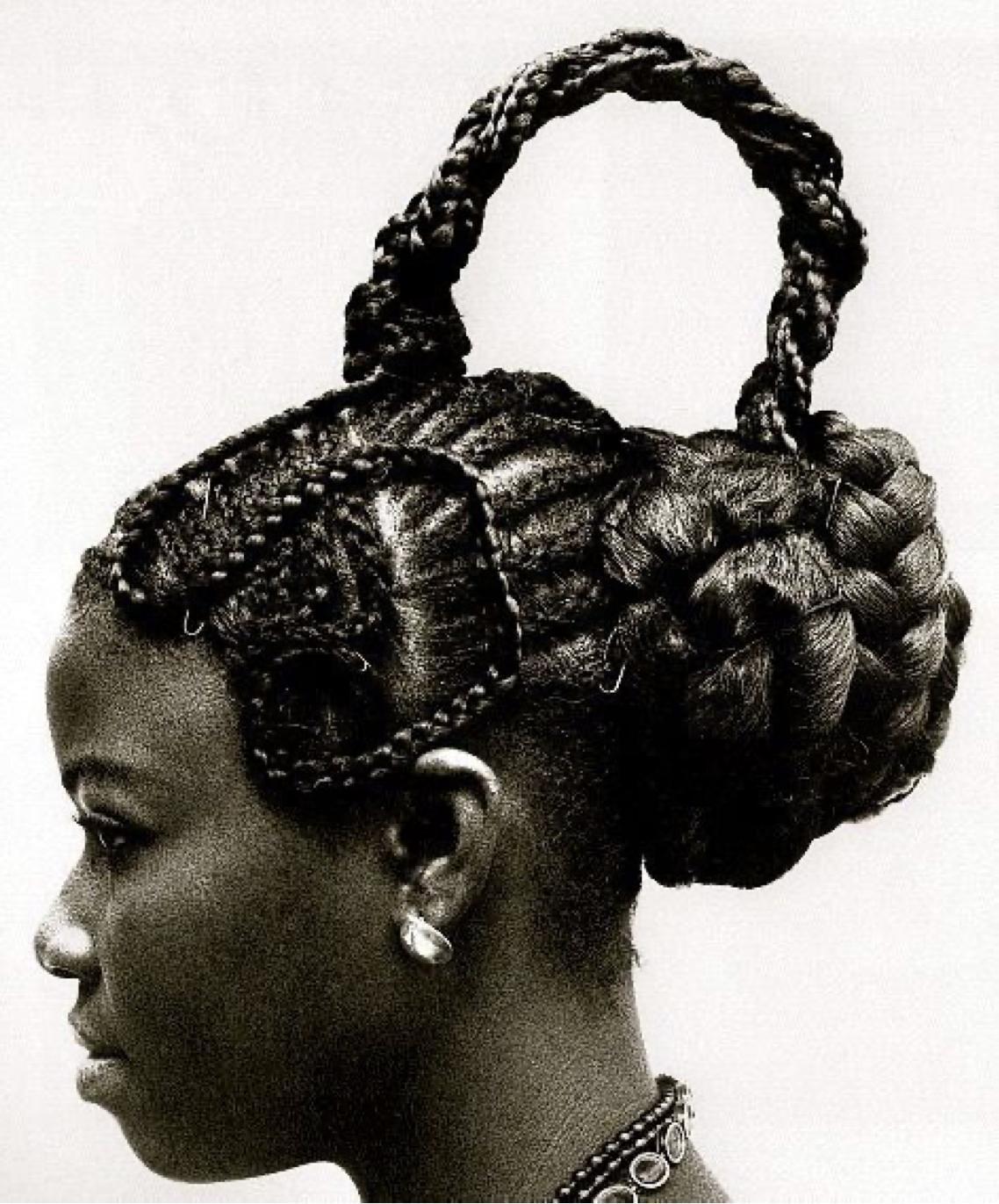
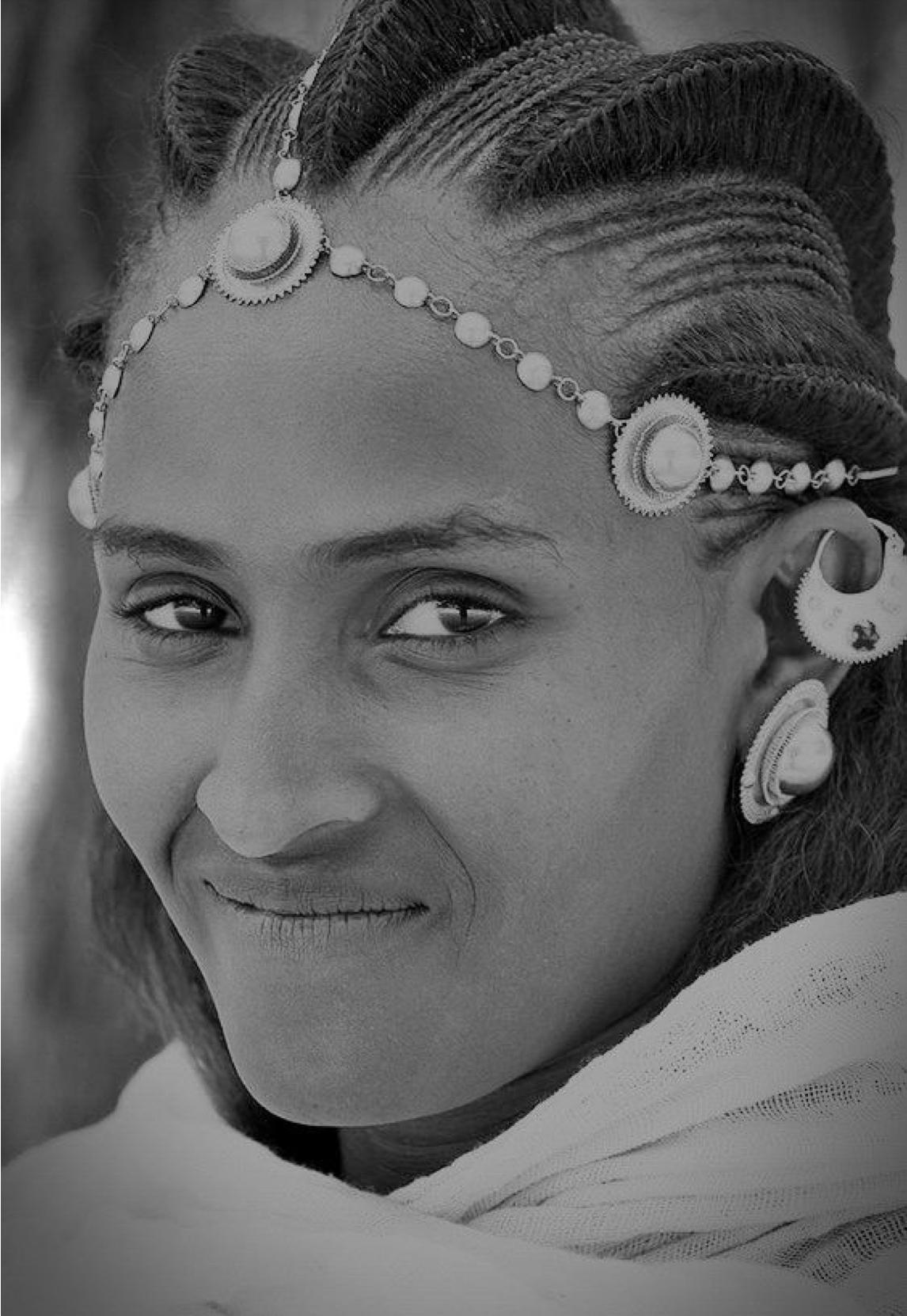
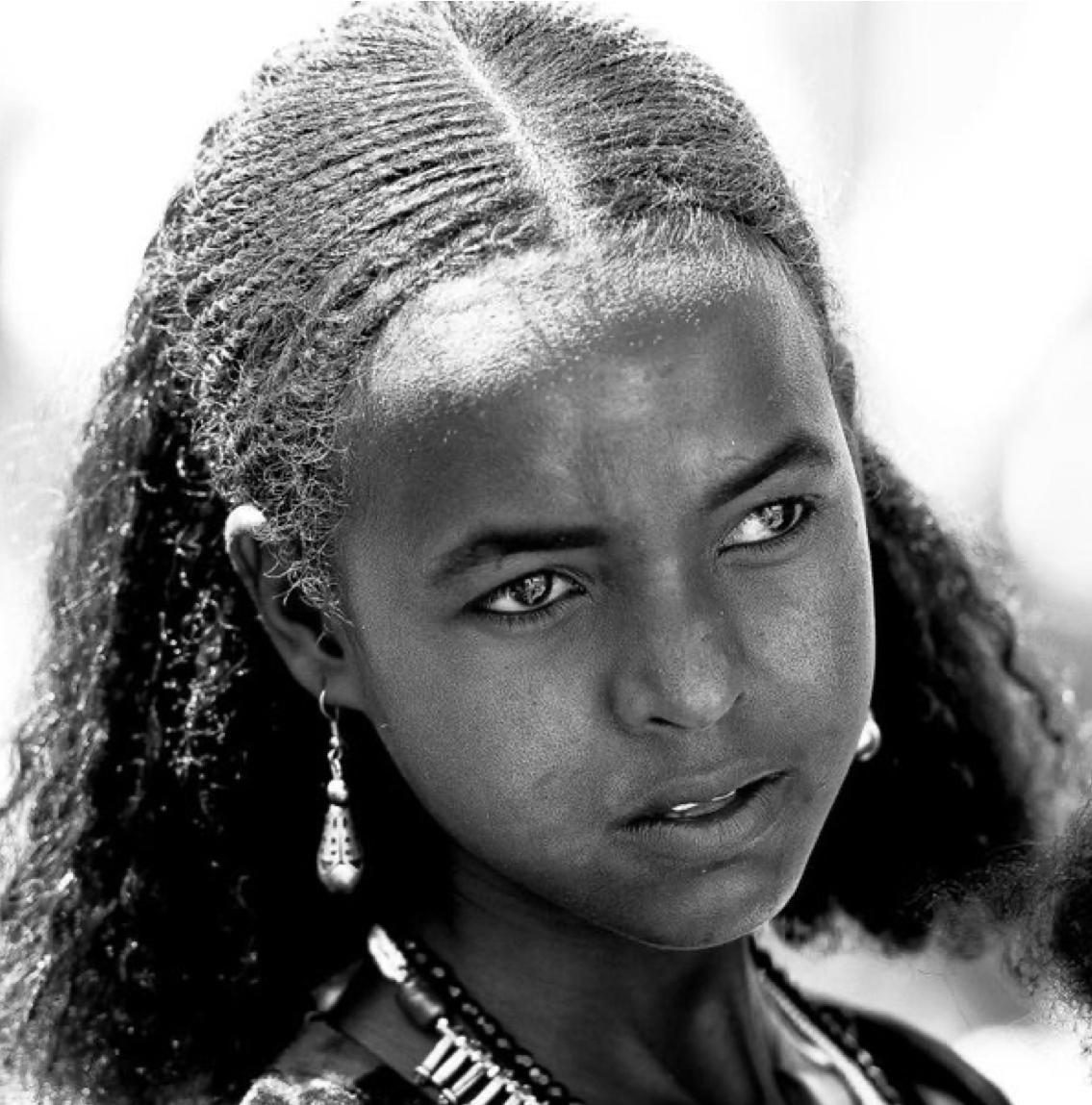
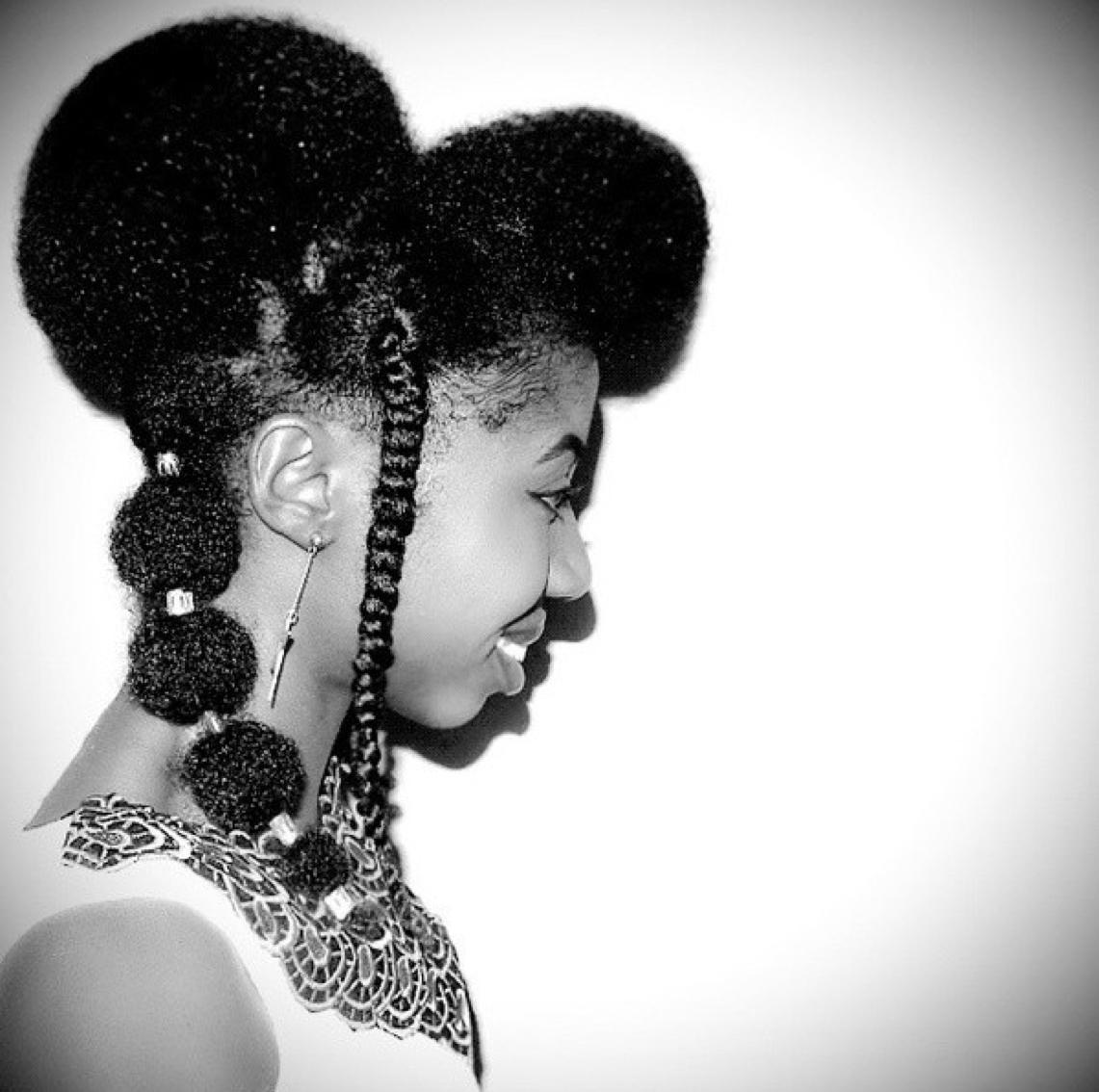
 The African History Truly African
The African History Truly African
